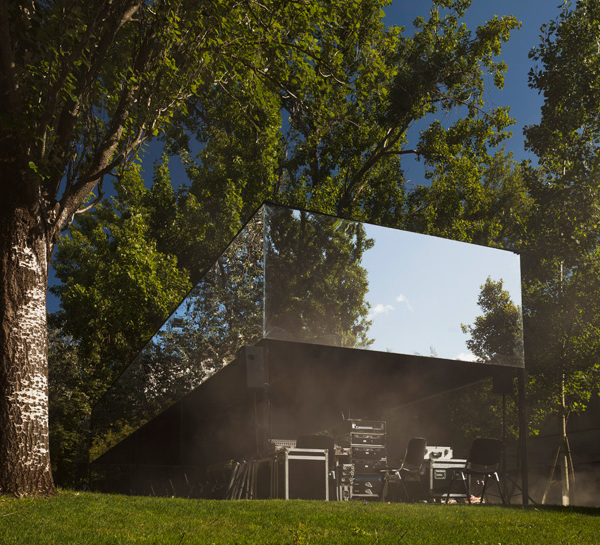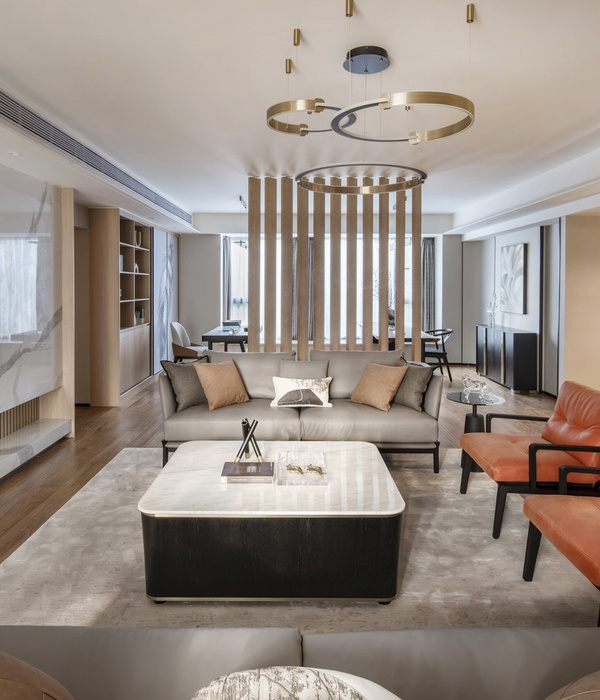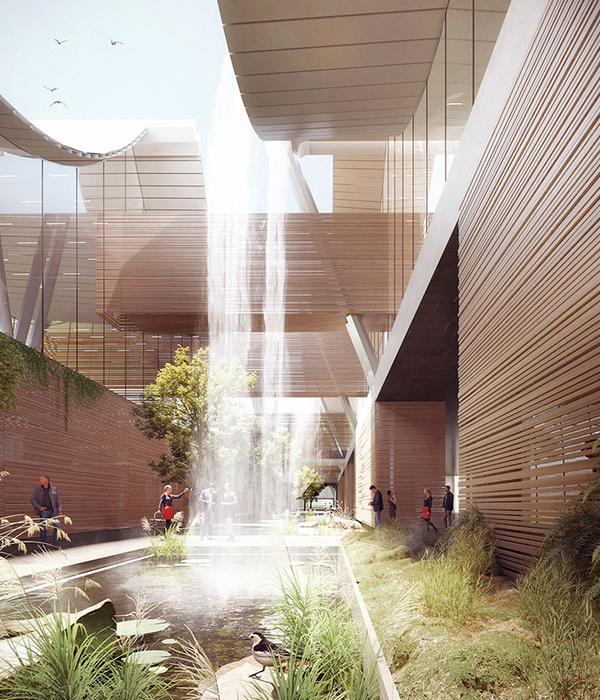Architects:Caio Persighini Arquitetura
Area :3391 ft²
Year :2022
Photographs :Favaro Jr.
Lead Architect :Caio Persighini
Project Team : Laisi Fassini, Bruna Caires e Felipe Orocini
Engineering : Rodolpho Maia
Landscaping : Angela Bonancin
City : Araraquara
Country : Brazil
The House U project has a history and process somewhat unusual to the other projects we have developed. Initially, House U was conceived in a land configuration with different sizing and construction legislation from the current land. The land previously destined for the project consisted of the lots, so the whole design took advantage of the contextualization of the environment with the built object, which strengthened the longevity of the view from the internal perspective of the house.
With the project in an advanced stage of development, having its architecture fully established, arose the desire on the part of the owners to change the batch, and with this desire, the challenge for us to preserve the project without losing all the points that supported its primary conception and architectural proposal.
However, unlike the initial scenario, the project would be implemented in a batch with half the size of the primary batch and some divergences in its construction code. Our challenge was to re-establish the project in its new lot without loss in its needs program, and even less its architectural aspects.
Thus, a new reasoning was established, conceiving a dynamic of overlapping floors and consolidation of the geometric formalism of its architecture. House U, has its roots in the conception of a primary block and protagonist. This creates alternation between its volumes, and the volume of the central floor is suppressed, which creates a void in relation to the other blocks.
House U has a full volume located underground, a void on the ground floor, and again the full volume on the upper floor. On the basis of this line of reasoning, the origin of the conception of House U is defined. The functions and dynamics of circulation emerged in conjunction with the formal structure of the project.
Characterized as a hybrid floor as it holds the garage function with Home. Taking into account its function in relation to the other environments of the house, the access between floors is located in the central area of the house, so the act of moving around is balanced and comfortable when accessing the needs of the kitchen and intimate areas of the house.
On the ground floor, on the other hand, the challenge is to create a welcoming environment that offers integration and dynamism. The owners longed for a space that facilitated practicality, the relationship of spaces for family integration in everyday life, and the core of the architectural party established in their primary proposal.
Because of the size of the batch, common and widely used in the urban patterns of the city, the rectangular profile creates the need for parallelism of the devices, which necessitated a detailed assessment and balance of all these issues (premises, programs, batch dimensions, insolation, desires of owners, etc.). In this way, we balance the dynamics of social environments with the devices that comprise the external area.
We created a mutual appreciation of the interior and exterior space with the incorporation of the swimming pool directly in the hall of House U, as well as exploring the coloring of its cladding to deconstruct the blue perusal, which is very emblematic of swimming pools. Its positioning in relation to the solar orientation, as well as the decision on the insolation of the whole house that was something quite discussed and considered to balance its premises. We opted to position the swimming pool on the side of the house, so that it received all the morning sun and, during the afternoon period gradually overshadowed with the passing of the day. In short, the intention arises to incorporate the swimming pool into the formal and landscape state, translating its primary function into the background in the final reading of the space.
On the upper floor, the composition depends on the intimate environments, being composed of three suites. The suites are distributed from the transparent void of floors and distributed at the ends, making the walk centralized on the block. The walk, in turn, contemplates the game of vision that is offered by the ground floor, and at each step, the spectator has a distinct viewpoint to enjoy.
{{item.text_origin}}












